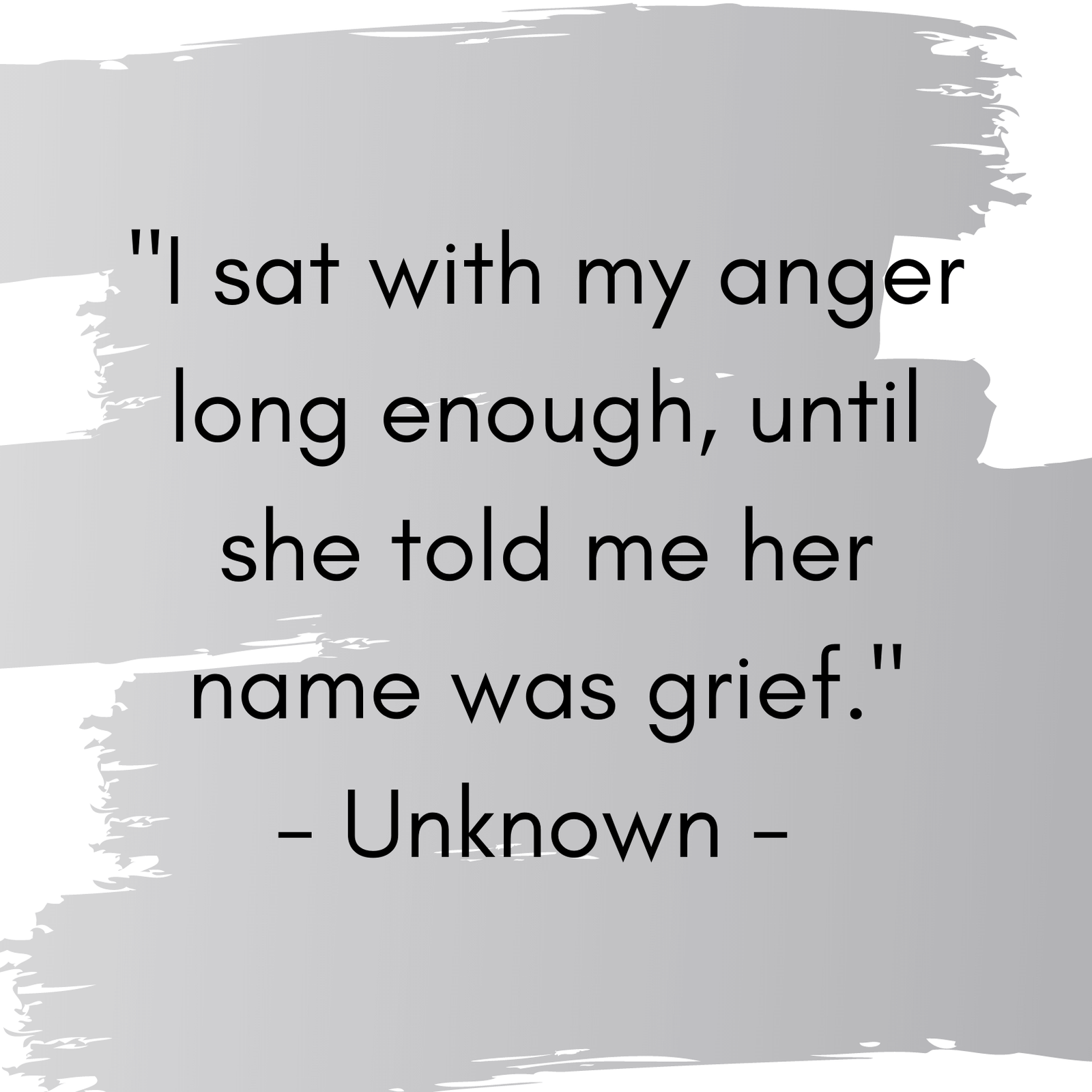A Key Component Of Healing

Summary: Navigating from anger to forgiveness has been a journey steeped in trauma and healing. Initially resistant, I harboured deep resentment towards medical professionals and life’s injustices. Therapy and a compassionate doctor finally validated my pain, enabling me to soften and eventually forgive. Insights from Jung and experiences like a retreat and Ramadan underscored the transformative power of forgiveness in my healing journey.
Having just posted on anger, it is obvious that the next thing I am likely to write about is forgiveness. Unfortunately, it has not been so obvious or easy for me to make that transition from anger to forgiveness. I held a lot of anger in my body, my mind and my soul for years. I was angry with myself, my family, doctors, hospitals, the world, God. And I was damn sure that I was never gonna forgive any of them for anything!!
Angry With The World… And Every Medical Professional I’d Ever Seen!
I used to believe that forgiveness should be earned through regret, remorse, apology, demonstrations of understanding and compassion for the hurt caused. For me, the majority of my trauma revolved around the medical treatment I received for my Type 1 Diabetes as a child. Back in the 1980s, medical treatments were pretty barbaric. Syringes were the size of horse syringes today. Medical interventions for hypos involved brutal and intrusive processes for getting sugar back into your blood. Quantity of life (life continuing) was always valued over the quality of life.
I became so angry that the whole medical profession and the whole world colluded to perform these practices on me and deem them to be okay. After all, if these practices didn’t have the label ‘medical intervention’ placed on them – if someone were to stab sharp bits of metal into your body multiple times a day without explanation – it would be deemed to be a criminal act or an act of torture. But it was okay because, in my case, it was a medical treatment.
Interestingly, in the end, it was a doctor that helped me to normalise my medical trauma. I went to see him for help with anxiety and depression that I was struggling with at the time. He took a case history from me and then, without even a heartbeat, confirmed that I would obviously have Complex PTSD from my childhood experiences. It turned out that, during his training, he had worked in the children’s ward of his local hospital and had witnessed firsthand what children like me had gone through. He knew the trauma it caused because he had witnessed it.
My doctor’s open acknowledgement of my traumatic experience enabled me to start shifting. I was then able to mourn my loss in therapy, rather than continuing to sit in my pain. I softened. That softening enabled me to start loving. I could start loving myself. I became an observer of my life. I saw my own humanity for the first time. I realised how I have made more than my fair share of mistakes. How I had caused pain and suffering to others and needed their forgiveness. I also realised the pain that my lack of forgiveness was causing me. It was ensuring my wounds stayed open and were unable to heal. And I needed to forgive myself for that too.
I ended up seeing how my lack of forgiveness was causing so much of my own suffering. I intuitively knew that I needed to forgive to heal. This was confirmed by Kelly Turner in her amazing book ‘Radical Remission’ (see my blog post here for a more detailed explanation). I was the one who was carrying too much old stuff around on my shoulders and in my body. I needed to put that weight down. But I could only reach that point once my story had been truly heard.
My Route To Forgiveness

Forgiveness Is For Yourself, Not The Other Person
To start with, I fought. I fought the idea of forgiveness. How dare anyone require me to forgive! I was wronged! People deserved to pay for what they had done to me and withholding my forgiveness was the only just punishment I could think of.
Of course, I heard people say that forgiveness was not for the other person but for yourself. That meant nothing me. All I knew was that if I forgave, they would be off the hook and the wrongs would never be righted. But I did do due diligence. Whilst holding the anger and the hate, I also looked at it. I talked about in therapy. I understood what positives holding onto the anger gave me. I fought until my voice, my experience, was heard and validated. When that happened, the fight wasn’t as strong. There was less of a need to have my wrongs righted. I improved. I felt better. But I still didn’t forgive. To be honest, I forgot about it and moved on. What happened was what happened and there was nothing else that could be done.
The idea of forgiveness revisited me when I went on a weekend desert retreat in November last year. A whole section of the retreat was dedicated to forgiveness. I still clearly remember one of my group talking about how she just forgives everyone, as soon as they hurt her. I still remember how I reacted. I almost balked at her suggestion. How on earth could she do that? Why on earth would she do that?!?!
I did my best to take part in the retreat’s exercises on forgiveness but, to be honest, I just felt this blankness, this numbness. This feeling demonstrated to me that I I didn’t really know what forgiveness was and I certainly didn’t know how to do it. But, interestingly, those questions showed a spark, the start of a curiosity into the concept of forgiveness. I let that percolate in my psyche from that time on.
The Theme of Forgiveness During Ramadan
Then, last month, Ramadan was celebrated where I live. Forgiveness is one of the main themes of Ramadan and I think with good cause. A world where forgiveness comes first will always be more beautiful.


GET HEALINGT1D’S FUTURE ARTICLES IN YOUR INBOX!
Get the latest musings and findings straight to your email inbox.



GET HEALINGT1D’S FUTURE ARTICLES IN YOUR INBOX!
Get the latest musings and findings straight to your email inbox.

Natalie is a blogger with Type 1 Diabetes. Natalie’s special gifts are questioning the status quo and being a rebel. She is using these gifts to question medical ‘knowledge’ and find a true cure for Type 1 Diabetes.












Recent Comments: